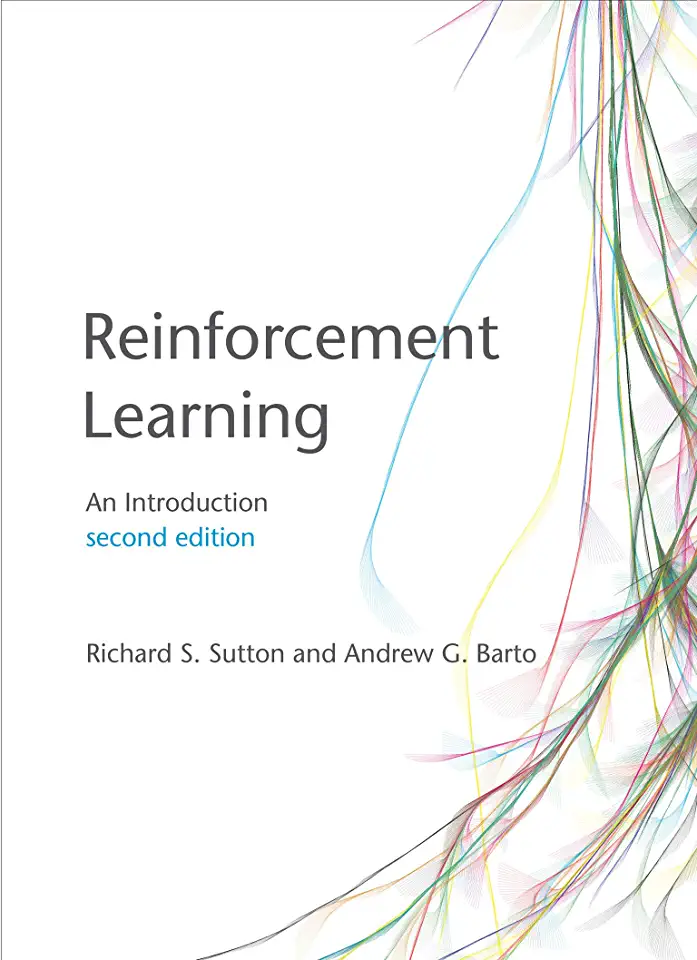
Reinforcement Learning- An Introduction - Richard S. Sutton and Andrew G. Barto
Reinforcement Learning: An Introduction
A Comprehensive Guide to Mastering Reinforcement Learning
In the realm of artificial intelligence, reinforcement learning stands as a powerful technique that enables agents to learn optimal behavior through interaction with their environment. This comprehensive introduction to reinforcement learning, authored by renowned experts Richard S. Sutton and Andrew G. Barto, provides a thorough foundation in the principles and algorithms that drive this cutting-edge field.
Key Features:
Comprehensive Coverage: Delve into the fundamentals of reinforcement learning, from basic concepts to advanced techniques, ensuring a well-rounded understanding of the subject.
Real-World Applications: Explore practical applications of reinforcement learning in diverse domains, including robotics, game playing, and finance, showcasing its versatility and potential impact.
Hands-On Exercises: Engage in hands-on exercises and coding assignments to reinforce your understanding and gain practical experience in implementing reinforcement learning algorithms.
Clear Explanations: Benefit from clear and concise explanations, supported by intuitive illustrations and examples, making complex concepts accessible to readers of all backgrounds.
What You'll Learn:
Foundational Concepts: Grasp the core principles of reinforcement learning, including Markov decision processes, value functions, and optimal policies.
Algorithms and Techniques: Master a range of reinforcement learning algorithms, such as Monte Carlo methods, temporal difference learning, and Q-learning, empowering you to tackle diverse problems.
Exploration and Exploitation: Strike the delicate balance between exploration and exploitation, enabling agents to learn efficiently while maximizing rewards.
Function Approximation: Explore advanced techniques for function approximation, such as neural networks and deep learning, to handle complex and high-dimensional problems.
Multi-Agent Systems: Understand the challenges and approaches to reinforcement learning in multi-agent environments, where cooperation and competition coexist.
Why You Should Read This Book:
Become an Expert: Gain a deep understanding of reinforcement learning, positioning yourself as an expert in this rapidly growing field.
Advance Your Career: Open doors to exciting career opportunities in artificial intelligence, robotics, and other cutting-edge industries that leverage reinforcement learning.
Empower Your Projects: Apply reinforcement learning techniques to your own projects, unlocking new possibilities for intelligent decision-making and problem-solving.
Stay Ahead of the Curve: Stay abreast of the latest advancements in reinforcement learning, ensuring your knowledge remains relevant and impactful.
Conclusion:
"Reinforcement Learning: An Introduction" is an essential resource for anyone seeking to master this powerful technique. Whether you're a student, researcher, or practitioner, this comprehensive guide will equip you with the knowledge and skills to harness the full potential of reinforcement learning and drive innovation in your field.
Enjoyed the summary? Discover all the details and take your reading to the next level — [click here to view the book on Amazon!]